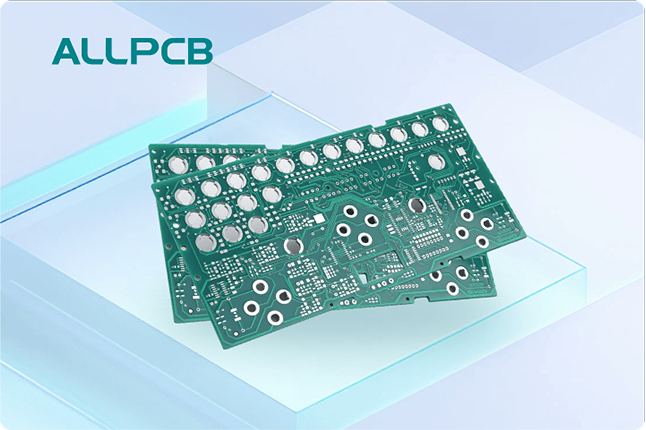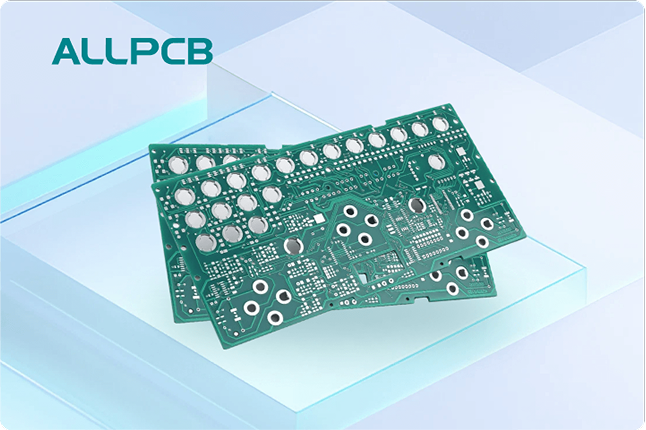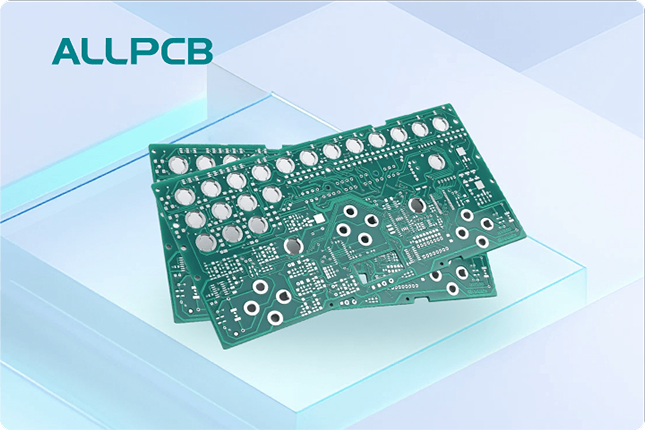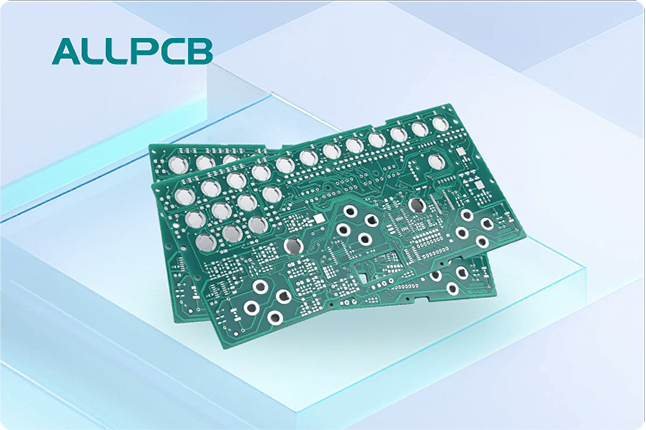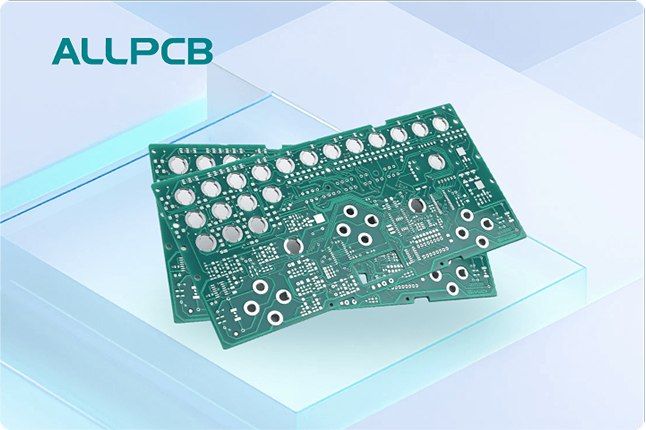In a world increasingly focused on sustainability, the electronics industry faces growing pressure to reduce its environmental footprint. One critical area of improvement lies in PCB (Printed Circuit Board) packaging and shipping. Traditional materials like bubble wrap and plastic foams contribute to waste and pollution, but innovative solutions are emerging. So, how can we protect PCBs while prioritizing the planet? The answer lies in eco-friendly PCB packaging materials, sustainable PCB shipping solutions, and biodegradable PCB protection methods that reduce reliance on harmful plastics.
In this blog, we’ll dive deep into the challenges of traditional PCB packaging, explore cutting-edge alternatives like compostable PCB packaging alternatives, and provide actionable insights on reducing plastic in PCB delivery. Whether you’re an engineer, a manufacturer, or a business owner, you’ll find practical strategies to adopt greener practices without compromising on quality or protection.
Why Sustainable PCB Packaging Matters
The electronics industry produces millions of PCBs annually, and each one requires secure packaging to prevent damage during transport. Unfortunately, most traditional packaging relies heavily on single-use plastics. According to industry estimates, over 8 million metric tons of plastic waste enter the oceans each year, with packaging materials being a significant contributor. For PCB manufacturers and clients, this creates a dual challenge: ensuring product safety while meeting environmental expectations.
Sustainable packaging isn’t just about reducing waste—it’s also about aligning with consumer demand and regulatory trends. Many countries are imposing stricter rules on plastic use, and customers increasingly prefer to work with eco-conscious companies. By adopting eco-friendly PCB packaging materials, businesses can enhance their reputation, reduce costs in the long run, and contribute to a healthier planet.
The Problems with Traditional PCB Packaging
Traditional PCB packaging often includes materials like bubble wrap, polyethylene foam, and plastic trays. While these provide excellent cushioning and electrostatic discharge (ESD) protection, they come with significant downsides:
- Non-Biodegradable Materials: Most plastics take hundreds of years to decompose, piling up in landfills or polluting ecosystems.
- High Carbon Footprint: The production of plastic packaging emits substantial greenhouse gases, contributing to climate change.
- Recycling Challenges: Many plastic materials used in PCB shipping are not easily recyclable due to mixed compositions or contamination.
These issues highlight the urgent need for sustainable PCB shipping solutions that maintain the same level of protection without harming the environment.
Exploring Eco-Friendly PCB Packaging Materials
Thankfully, advancements in material science have led to a range of eco-friendly alternatives that can effectively protect PCBs. Below, we’ll explore some of the most promising options for biodegradable PCB protection and beyond.
1. Biodegradable Foam Alternatives
Biodegradable foams made from materials like cornstarch or mushroom mycelium are gaining traction as a replacement for traditional polyethylene foam. These foams offer comparable shock absorption and can decompose naturally within months under the right conditions. For instance, mycelium-based packaging, grown from fungal filaments and agricultural byproducts, provides a lightweight, customizable solution for PCB protection.
Key Benefit: These materials break down into organic matter, leaving no toxic residue, making them a top choice for compostable PCB packaging alternatives.
2. Recycled Paper and Cardboard Solutions
Recycled paper and corrugated cardboard are widely available and cost-effective options for PCB packaging. They can be molded into custom shapes to secure boards and components, offering both cushioning and structural support. Many companies now use 100% post-consumer recycled cardboard, which reduces the need for virgin materials and cuts down on waste.
Key Stat: Using recycled cardboard can reduce carbon emissions by up to 60% compared to producing new cardboard, according to environmental studies.
3. Compostable Films and Wraps
Instead of plastic shrink wrap or bubble wrap, compostable films made from polylactic acid (PLA) or other bio-based polymers provide a greener alternative. These materials are derived from renewable resources like corn or sugarcane and can break down in industrial composting facilities. They’re ideal for wrapping individual PCBs or securing them within larger packages.
Key Consideration: While compostable films are eco-friendly, they often require specific composting conditions to degrade, so proper disposal infrastructure is essential.
Sustainable PCB Shipping Solutions for Manufacturers
Beyond materials, the way PCBs are shipped plays a huge role in sustainability. Optimizing logistics and packaging design can significantly reduce environmental impact. Here are some innovative strategies for sustainable PCB shipping solutions.
1. Minimalist Packaging Design
Over-packaging is a common issue in electronics shipping, leading to unnecessary waste. By designing minimalist packaging that uses only the necessary materials, manufacturers can cut down on resource use while still ensuring safety. For example, custom-fit cardboard inserts can replace bulky foam fillers, reducing both weight and volume.
Key Benefit: Minimalist designs not only save on materials but also lower shipping costs due to reduced package weight and size.
2. Reusable Packaging Systems
Reusable containers or totes made from durable, recyclable materials are an excellent option for bulk PCB shipments. These systems allow for multiple uses, drastically cutting down on single-use waste. Some companies even offer returnable packaging programs where clients send back containers for reuse.
Key Stat: Reusable packaging can reduce waste by up to 85% over single-use options, based on industry case studies.
3. Optimized Shipping Routes and Methods
Sustainability in shipping isn’t just about materials—it’s also about efficiency. Consolidating shipments to reduce the number of trips, using fuel-efficient vehicles, or partnering with logistics providers committed to carbon-neutral practices can make a big difference. This approach lowers the carbon footprint associated with PCB delivery.
Reducing Plastic in PCB Delivery: Practical Steps
For companies looking to take immediate action toward reducing plastic in PCB delivery, the transition can feel daunting. However, small, strategic changes can yield big results. Here’s how to get started:
- Audit Current Packaging: Assess your existing packaging materials and identify areas where plastic can be replaced with eco-friendly alternatives like biodegradable foams or recycled paper.
- Partner with Suppliers: Collaborate with packaging suppliers who specialize in sustainable materials to source high-quality, eco-friendly options tailored to PCB needs.
- Educate Your Team: Train staff on the importance of sustainability and proper handling of compostable or recyclable materials to ensure they’re disposed of correctly.
- Communicate with Clients: Highlight your commitment to green practices in your branding and communications, showing clients that their orders are shipped with the planet in mind.
Challenges and Considerations in Adopting Green Packaging
While the benefits of sustainable packaging are clear, there are challenges to consider. For instance, some eco-friendly materials may have higher upfront costs compared to traditional plastics. Additionally, ensuring that biodegradable or compostable materials meet the same standards for ESD protection and durability can require rigorous testing.
However, these hurdles are not insurmountable. Advances in technology are driving down the cost of sustainable materials, and many eco-friendly options now offer comparable performance to plastics. For example, certain biodegradable foams can be engineered to provide adequate cushioning for delicate PCBs, even under high-stress shipping conditions.
Key Tip: Start with small-scale trials of new materials to evaluate their performance before fully transitioning your packaging processes.
The Future of PCB Packaging: Trends to Watch
As sustainability becomes a core focus in the electronics industry, several exciting trends are shaping the future of PCB packaging:
- Bio-Based Innovations: Research into new bio-based materials, such as algae-derived plastics, promises even more sustainable options for biodegradable PCB protection.
- Smart Packaging: Integration of eco-friendly sensors or indicators in packaging to monitor conditions like humidity or shock during shipping, ensuring PCB safety without excess material use.
- Circular Economy Models: More companies are adopting circular economy principles, designing packaging that can be reused, recycled, or composted as part of a closed-loop system.
How ALLPCB is Leading the Way in Sustainable Practices
At ALLPCB, we’re committed to pioneering green solutions for the electronics industry. We continuously explore and integrate eco-friendly PCB packaging materials into our processes, ensuring that your boards are delivered safely and sustainably. From using recycled cardboard for outer packaging to testing compostable wraps for individual components, we strive to minimize our environmental impact while maintaining the highest standards of quality.
Our dedication to sustainable PCB shipping solutions extends beyond materials. We optimize shipping routes to reduce carbon emissions and work with partners who share our vision for a greener tomorrow. By choosing us, you’re not just getting top-tier PCB manufacturing—you’re also supporting a movement toward a more sustainable industry.
Conclusion: Building a Greener Future Together
The shift to sustainable PCB packaging is no longer optional—it’s a necessity for the future of our planet and our industry. By embracing compostable PCB packaging alternatives, leveraging biodegradable PCB protection, and focusing on reducing plastic in PCB delivery, we can protect both our products and the environment. The journey may involve challenges, but the rewards—cost savings, enhanced brand image, and a cleaner world—are well worth the effort.
Start small, experiment with new materials, and partner with forward-thinking providers to make a difference. Together, we can move beyond bubble wrap and build a greener tomorrow, one PCB at a time.
 ALLPCB
ALLPCB


